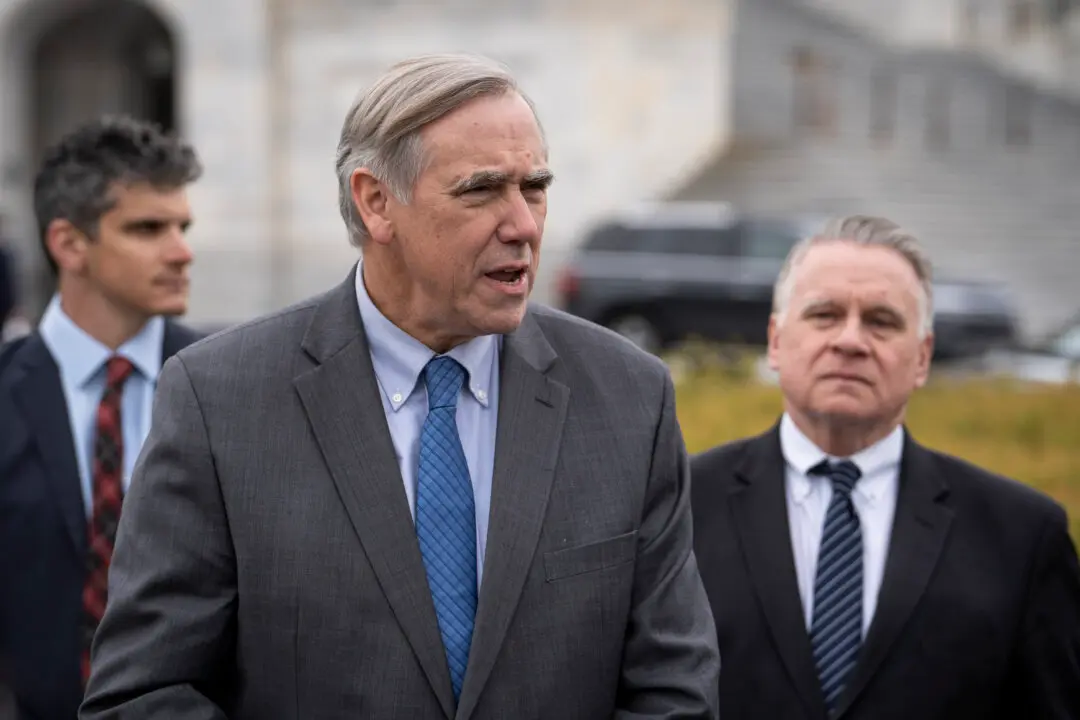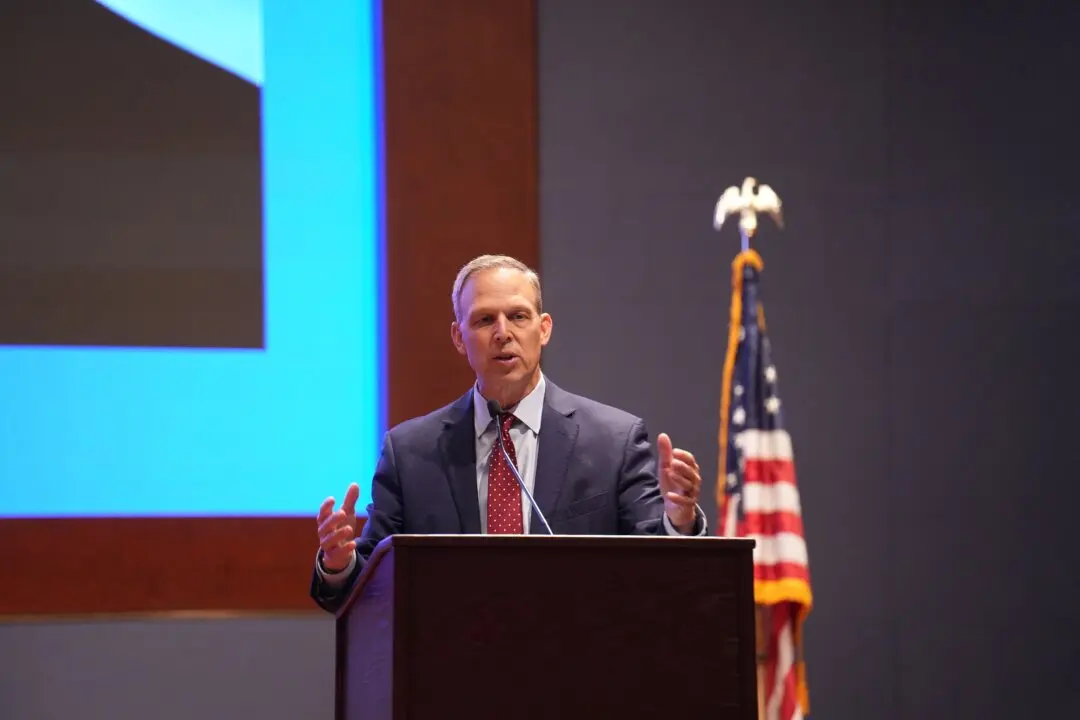NEW YORK—The Taxi and Limousine Commission (TLC) wants to amend rules so it has clear accountability of which bases are dispatching drivers, but Uber, Lyft, and drivers are strongly protesting the changes.
The amendments seem simple; they are mainly changes that would allow the TLC to enforce existing rules. For example, for-hire drivers can currently drive for multiple bases if the bases are in agreement, and the amendment requires the bases to put it in writing.
The accountability will aid traffic collision investigations if a for-hire driver is involved in a serious crash.
In light of the city’s Vision Zero initiative to reduce traffic fatalities to zero, the TLC has started this year to send its own investigators to crashes involving TLC-licensees. On Oct. 16, the TLC board also voted to implement stricter penalties for drivers who cause a serious injury or fatality.
Bases are required to keep dispatch logs, and the proposed change would require the bases to submit them to the TLC regularly, and electronically.
TLC Commissioner Meera Joshi said having data of where drivers are being dispatched to and from automatically and electronically would aid in these investigations as well.
But the rules have garnered strong opposition with arguments coming from several different directions.
Lyft argues this will create a monopoly. Uber said it will leak trade secrets. Drivers said it will cost them thousands of dollars.






